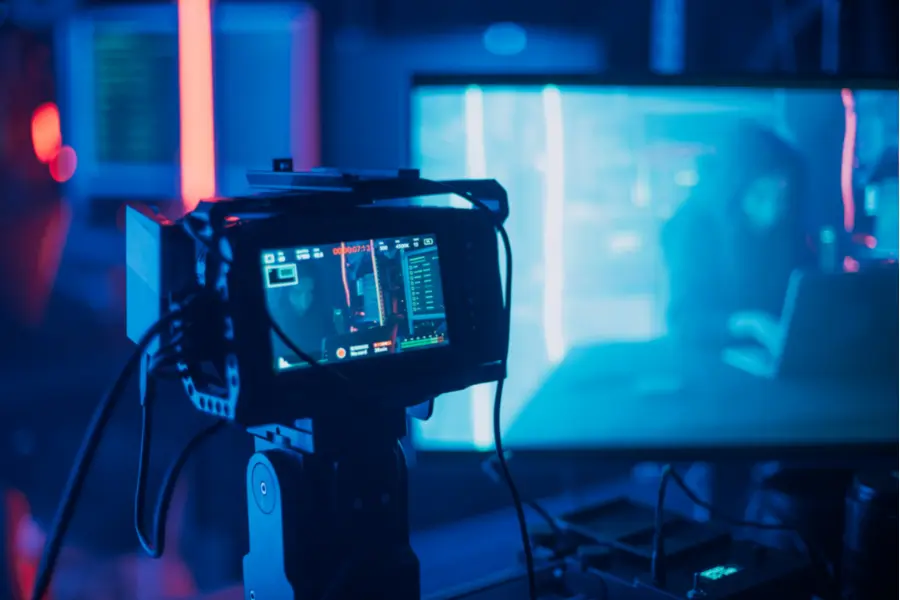For photographers to develop their photographic talents, understanding camera settings is essential. You must be familiar with your camera, know how to use it, and most importantly, comprehend the effects that changing the camera’s settings will have on your final image if you wish to go beyond the preset settings.
However, given that there are various names, functions, and camera buttons, knobs, and wheels, camera settings might be confusing to understand. Here, we will be presenting a few basic camera settings that you, as a photographer, need to understand.
Aperture
One of the first camera settings you should master is aperture. An “F-stop value” is the phrase used to describe the feature that controls how much or little of your image is in focus. The aperture can be thought of as the size of the hole in the lens.
When a hole is smaller, less light can enter; when a hole is larger, more light may pass through. Because of this, this camera option directly affects the exposure of the image and is essential to its final appearance, sharpness, and depth of field.
If you want to blur some parts of the image while keeping others out of focus, or if it’s dark outside, you should aim for a wide aperture from the maximum setting. On the other hand, a closed aperture will sharpen more of your image. Consider using that end of the spectrum if you plan to capture landscapes.
How much room you have to work with depends on the camera lens you select. Make sure that you have the best camera lens to effectively master this setting and if you dont have a budget for it, you can rent top grade camera lens from Philadelphia Camera Rental.
Shutter speed
The shutter speed determines how long your camera’s sensor is exposed to light. A mechanical shutter is found on many cameras, which opens and closes to let light into the sensor. Some people employ a digital shutter, which merely activates the sensor for a predetermined amount of time before turning it off again.
The shutter speed camera setting has two significant effects that are crucial to exposure, which is motion and shakiness. Seconds and fractions of a second are used to calculate the shutter speed.
With regard to shutter speed camera settings, you should select a slower shutter speed, often between 1/60th of a second and several minutes, when you want to capture motion, such as in long exposure photography, or when it’s dark outside, such as during night photography. This enables you to take the perfect shutter speed stock photos for various uses.
On the other hand, if you want to stop moving, you should shoot with a fast shutter speed, typically between 1/60th and your camera’s minimum shutter speed setting, which is typically 1/4000th of a second. Action photographs, such as those taken in sports or wildlife photography, are a fantastic example of this kind of camera setting.
ISO
ISO also has to do with exposure. Therefore, it is important to understand how it affects your photo. As a general guideline, you want to keep the number as low as possible; the higher it is, the more grain your image will have. ISO stands for the International Organization for Standardization, a non-governmental organization based in Europe that ensures that standards are applied consistently across businesses.
The sensitivity of the digital sensor of your camera to light is measured by ISO. The sensitivity of the sensor decreases with a decreasing number; it increases with an increasing number. You’ll need to adjust your aperture and shutter speed to make up for changes in ISO.
The value you choose will depend on your situation; if you’re taking photos in low light, you must increase it. Use a low ISO level while taking pictures in well-lit environments. Low ISOs are defined as ISO values between ISO 100 and ISO 400.
White balance
The white balance camera setting is as important as you can imagine. If you don’t get it right, even if you get all the other basic settings right, your picture will still seem a little off. Even if you can solve the problem in your editing program, doing so might occasionally be frustrating. Just like ISO, white balance is related to the sensor.
Sifting through your camera’s menus will reveal many ways to improve your white balance. You could, for instance, change the Kelvin meter to make your image warmer or darker. You can also make use of auto-white balance. Many photographers opt to regulate it by taking pictures of white objects and utilizing those as bases as well.
Conclusion
These are just a few out of many other camera settings to learn as a photographer. You’ll also discover that some are more beneficial to you than others, and with time and experience, you’ll automatically pick up on those that are most significant to you. The most influence on your final image will come from the above basic camera settings.



![10 Best Bags for Nurses | Personal Recommendation [2023] 4 Best Bags For Nurses Reviews in 2021](https://knowworldnow.com/wp-content/uploads/2022/12/Best-Bags-For-Nurses-Reviews-in-2021.webp)



![F95Zone Games - The Ultimate Guide for 2021 [F95Z Guide] 8 F95Zone Games](https://knowworldnow.com/wp-content/uploads/2021/07/ArTtW5LrK3b-z-0-y-637f48d86203817a9042a857.webp)